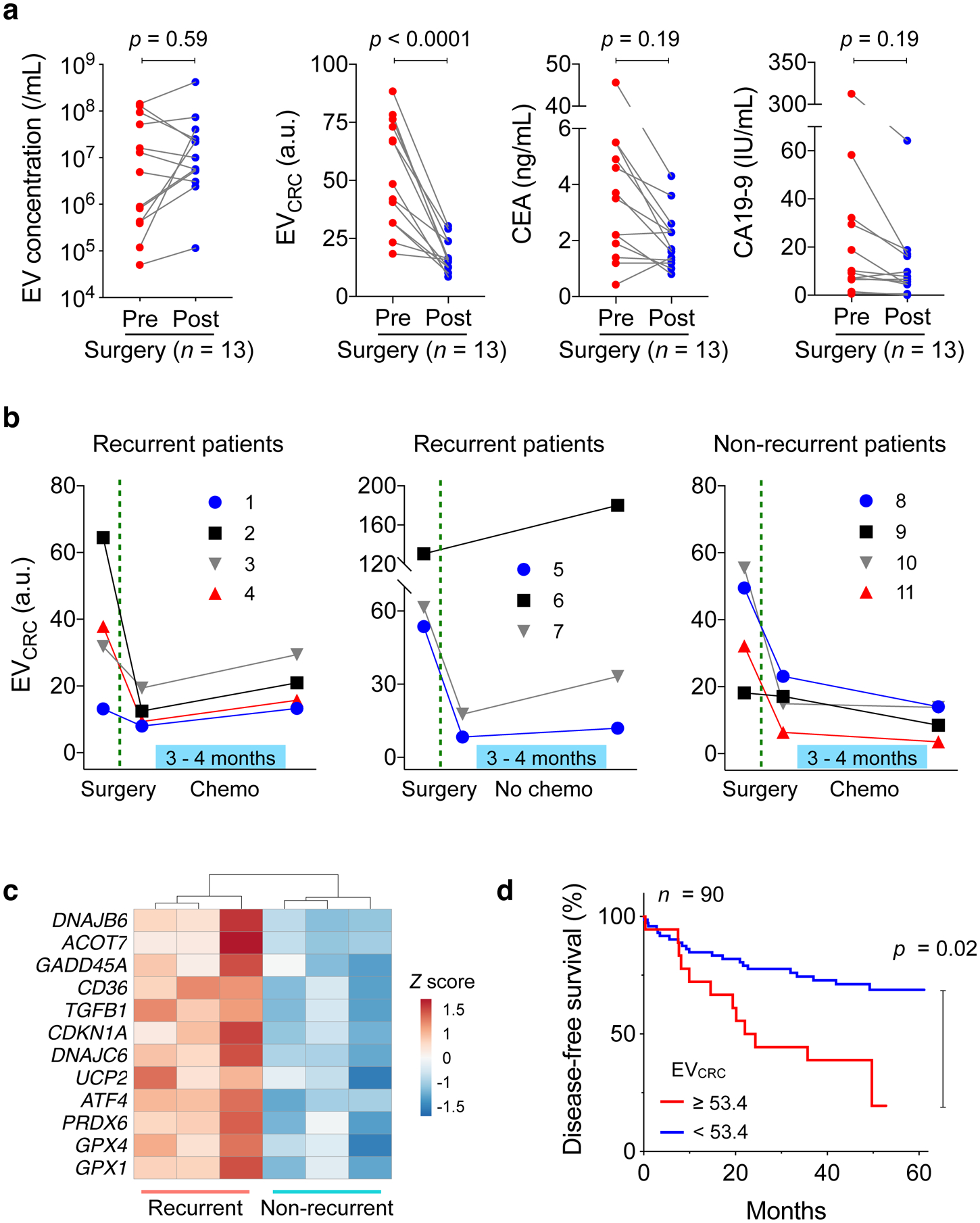Fig. 5 |. HiMEX analyses of longitudinal CRC patient samples.

a, CRC patient blood samples were analysed before and after surgery (n = 13). Molecular EV profiling revealed that EVCRC values decreased in all patients (p < 0.0001; paired two-sided t-test), whereas total EV concentrations (p = 0.59; paired two-sided t-test) and the levels of conventional serum markers, CEA (p = 0.19; paired two-sided t-test) and CA19-9 (p = 0.19; paired two-sided t-test), showed no significant changes. Each data point in the graph represents the mean value from technical duplicates. b, Plasma EVs were further monitored after surgery, as some patients underwent chemotherapy. EVCRC values rebounded in all patients (n = 7) with recurrent tumours. By contrast, in patients without recurrent tumour (n = 4), EVCRC continued to decrease or stabilized from the post-surgery level. Each data point in the graph represents mean ± SEM from technical duplicates. c, EVs from recurrent (n = 3) and non-recurrent (n = 3) CRC patients were analysed for mRNA expression. Highly variable genes were plotted. Genes involved in DNA repair, protection against oxidative pressure, and chemoresistance (5-FU) showed higher levels in recurrent patients’ EVs. d, CRC patients (n = 90) were monitored up to five years for disease-free survival (DFS). Kaplan-Meier estimator for DFS was plotted, stratified by preoperative EVCRC levels. High EVCRC values (≥ 53.4) were associated with poor prognostics (p = 0.02, two-sided log-rank test).
